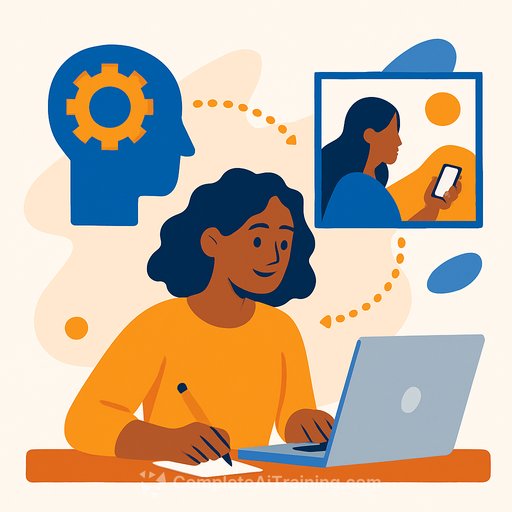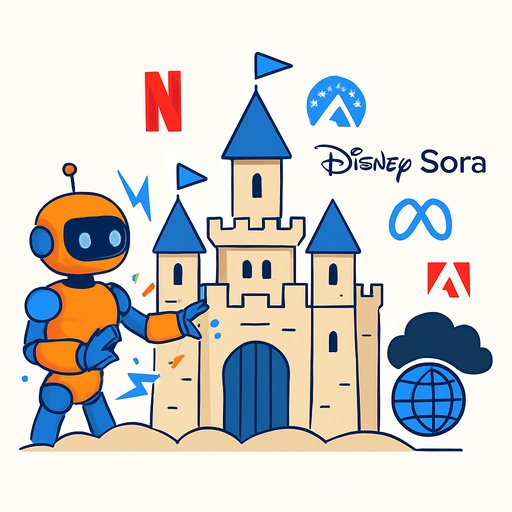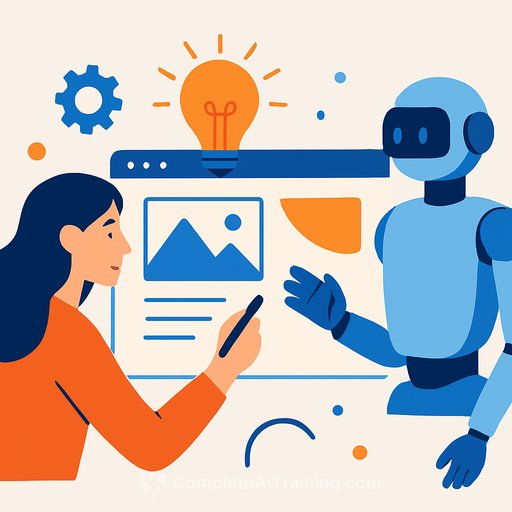The Creative Renaissance: How AI is Expanding Creative Access and Unlocking Personal Storytelling
Artificial intelligence (AI) is changing how people create and share stories visually. For years, professional design was limited to those with specialized skills, expensive software, and technical know-how, putting creative tools out of reach for many. Now, AI is making these tools accessible to a much wider audience, allowing more people to tell their stories through images and design without the traditional barriers.
From Technical Barriers to Creative Expression
Creating photo books, scrapbooks, or memory projects has often been difficult for those without design experience. Parents want to mark family milestones but get overwhelmed by complex software and layout choices. Older generations treasure decades of photos but struggle with organizing and editing them for creative keepsakes. Many start projects but abandon them because of frustrating tools, leaving precious memories unused and unseen.
New AI-powered features simplify this process. Data shows that projects using AI-assisted auto-creation are completed 57% more often than those started from scratch. When technology handles technical hurdles, people focus on what matters most: telling their unique stories.
AI as Creative Enhancement Rather Than Replacement
There’s concern about whether AI will replace human creativity or originality. In reality, AI mostly supports creators by managing technical tasks and freeing up time for creative decisions. For example, AI can spot duplicate photos, suggest captions that match your tone, or rearrange layouts to look better — all while leaving the final creative choices in your hands.
Most people want AI to assist without taking control. Studies show 71% are comfortable with AI categorizing photos, but over half want to control how tags are applied. Similarly, 66% welcome AI resurfacing meaningful memories but prefer to choose what appears and when. The role of AI is to support, not assume.
Balancing Personalization with Authentic Expression
As AI tools become more capable, keeping authenticity intact is crucial. AI should amplify creativity, not direct it. It can spot patterns or suggest opportunities you might miss, but you should always own the creative vision.
Most users agree: while 72% accept AI enhancements to memories, 85% insist on the ability to edit or approve suggestions. People want technology that supports their work without replacing their voice. The stories told, and emotions shared remain human choices.
Generational Shifts: Embracing Creativity
Interestingly, younger generations print more photos than older ones, despite growing up in a digital world. Gen Z values tangible memories over social media posts, seeking deeper connections. Meanwhile, older users find AI-powered tools surprisingly easy to use, often without realizing AI is working behind the scenes.
AI helps older adults organize vast photo collections and suggests layouts without requiring them to master complex software. This integration bridges generations, letting young creators turn digital content into polished physical books while helping older users preserve lifelong memories efficiently.
The Future of Accessible Creativity Lies in Responsible Design Platforms
Responsible AI starts with empathy and transparency. Tools should enhance creativity without overriding it. Users must know what AI is doing and keep control over their projects. Whether organizing photos or suggesting layouts, AI should serve the story, not replace it.
Removing technical barriers helps people finish projects faster, but creative ownership remains with humans. As AI evolves, developers need to consider cultural and emotional impacts carefully. Are these tools amplifying diverse voices and making storytelling inclusive? These questions guide the future of creative AI.
Technology in Service of Human Connection
The real value of AI in creativity is making storytelling accessible and meaningful. In a world full of distractions, people seek deeper ways to connect with memories and loved ones. Nearly 85% regularly revisit their memories to relive happy moments, share stories, or organize their digital lives.
Many are open to AI helping resurface important memories, especially milestones and sentimental photos, but prefer it to be suggestive rather than prescriptive. AI tools are becoming more available, and the stories waiting to be told are ready. The creative direction remains in human hands.
For creatives looking to explore AI tools and training that can enhance their storytelling and design skills, resources like Complete AI Training offer a variety of courses to help you leverage AI in your creative work.
Your membership also unlocks:






